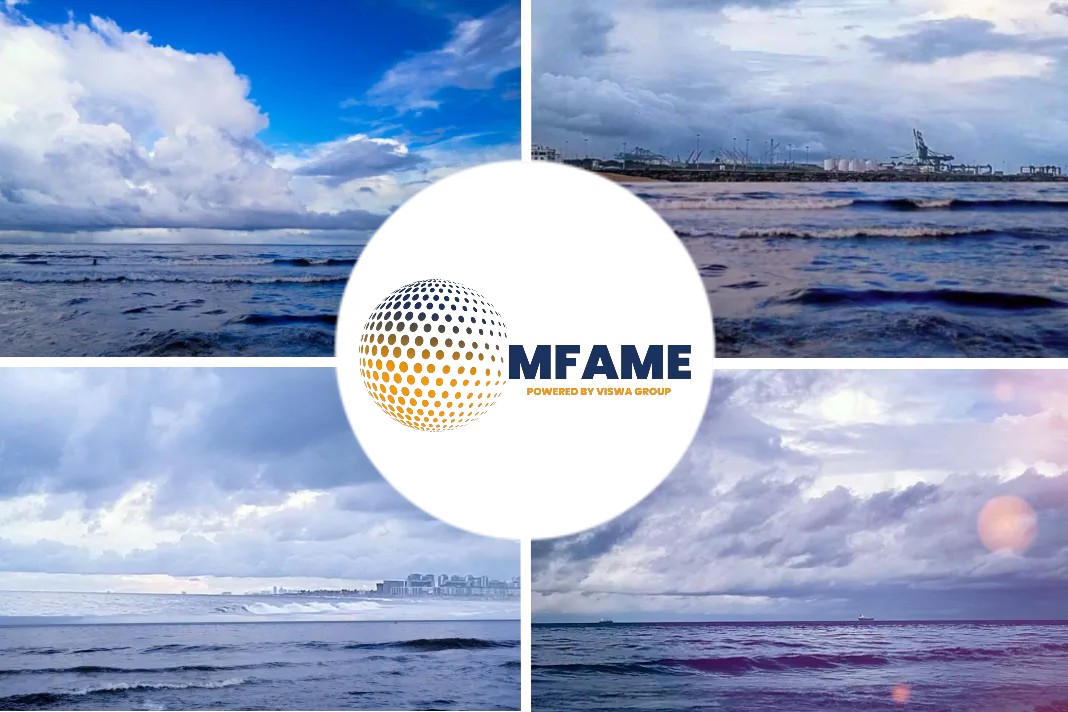
The box shipping fleet has reached its highest average age since records began, according to research by Bimco, with a great number – overwhelmingly in the smaller size range – set for demolition, reports loadstar.
The Loadstar has long reported on the disparity between demand for smaller vessels on feeder and short sea routes and major carrier disinterest in ordering new ones.
Rather than replenishing fleets with smaller vessels, however, carriers have preferred to order larger ships and cascade them onto smaller trades.
“Since the average size of ships is getting bigger, a 10% increase in volume is not going to increase the amount of services and routes by 10%, because smaller ships are being replaced with larger ones,” suggests the research.
Bimco chief analyst Neils Rasmussen told The Loadstar he did not regard the tendency of increasing average ship sizes as “necessarily a bad thing”.
EU emissions
From an environmental standpoint, older smaller vessels are less likely to meet incoming IMO and EU emissions regulations; Maersk Broker described today’s older feeders as “no longer economic” and “will have difficulty getting a workable CII rating”.
Questions remain over the knock-on effects. Over time, fleet size increases are likely to yield a further shift toward a “hub-and-spoke” model – but without new more-efficient feeder vessels to serve as the spokes and call at shallower ports, closer to the eventual destination of their cargo.
Criticising the IMO CII, which he claims will punish many smaller feeder vessels, Mr Sand pointed out: “Using feeder ships on the intra-regional trades is more efficient than the largest ships calling a range of different ports and sailing with less and less cargo as it makes its way through a region.”
The Loadstar’s Mike Wackett said that, both from an environmental and value-for-shippers point of view, a “new and vibrant” feeder fleet would be necessary.
However, Bimco’s Mr Rasmussen said he did not expect this to be a major issue, explaining: “There may of course be some ports… where the physical restrictions are such that you can’t sail larger ships in. But I think the cascading process will be very gradual, allowing smaller ports to follow along.”
Did you subscribe to our daily newsletter?
It’s Free! Click here to Subscribe
Source : Loadstar





















